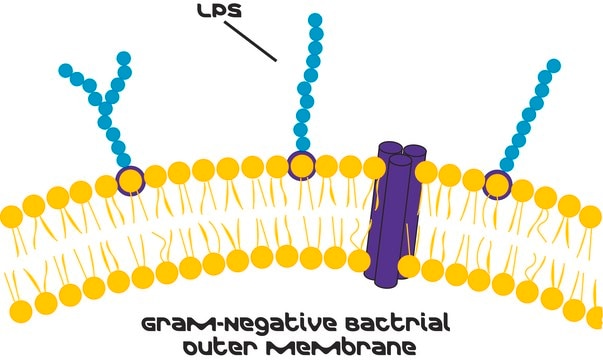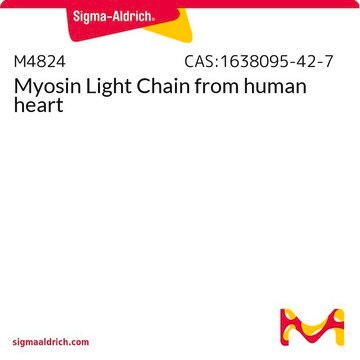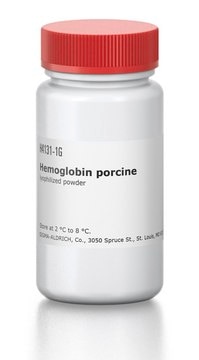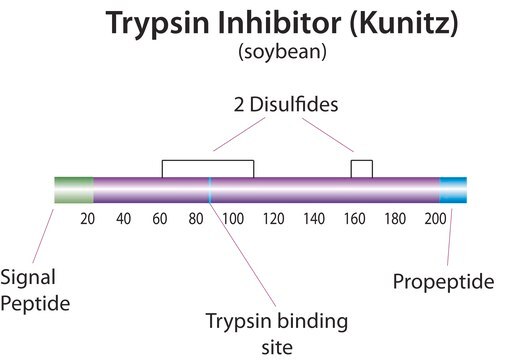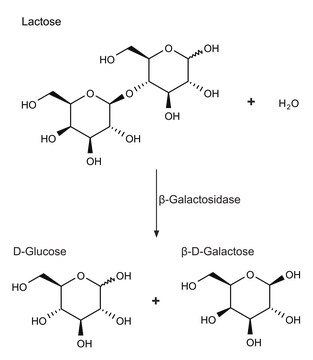M0531
Myosin, Calcium activated from porcine heart
buffered aqueous glycerol solution, 0.1-0.5 units/mg protein (biuret)
About This Item
Recommended Products
biological source
Porcine heart
Quality Level
form
buffered aqueous glycerol solution
specific activity
0.1-0.5 units/mg protein (biuret)
mol wt
heavy chain ~200 kDa (each)
light chain 15-20 kDa (each)
~480 kDa
concentration
≥1.0 mg protein/mL Biuret
color
hazy colorless to light yellow
UniProt accession no.
shipped in
wet ice
storage temp.
−20°C
Gene Information
pig ... MYHC(396711)
General description
Application
Biochem/physiol Actions
Unit Definition
Physical form
Storage Class Code
10 - Combustible liquids
WGK
WGK 2
Flash Point(F)
Not applicable
Flash Point(C)
Not applicable
Certificates of Analysis (COA)
Search for Certificates of Analysis (COA) by entering the products Lot/Batch Number. Lot and Batch Numbers can be found on a product’s label following the words ‘Lot’ or ‘Batch’.
Already Own This Product?
Find documentation for the products that you have recently purchased in the Document Library.
Customers Also Viewed
Therapy on Autoimmune Giant Cell Myocarditis
Concomitant Suppression of the Expression of Dendritic Cells
Articles
Myosins are a family of ATP-dependent motor proteins. Myosin II is the major contractile protein involved in eukaryotic muscle contraction by “walking” along actin microfilaments of the sarcomere
Our team of scientists has experience in all areas of research including Life Science, Material Science, Chemical Synthesis, Chromatography, Analytical and many others.
Contact Technical Service
